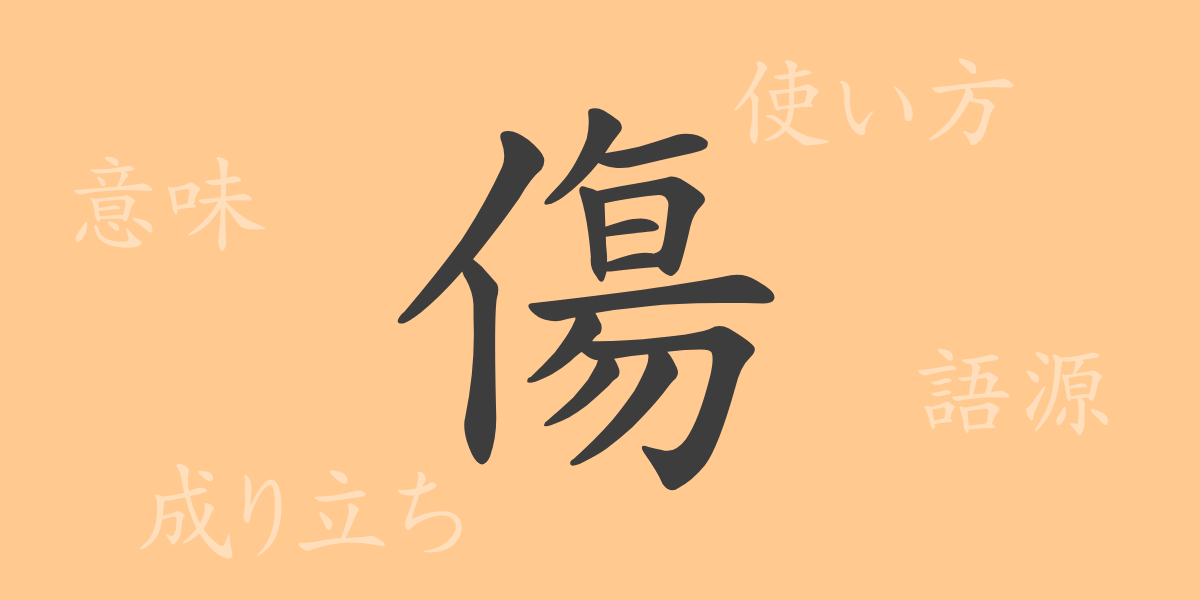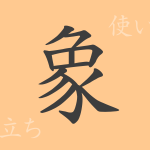Language is a mirror of culture, and each character holds a profound significance. The Japanese Kanji “傷(きず)” is frequently used, indispensable for expressing emotions and experiences. This article delves into the etymology, modern usage, and associated idioms and proverbs of “傷,” exploring its deep-seated role in Japanese life.
Origins of 傷(きず)
The Kanji “傷” can trace its origins back to ancient Chinese oracle bones. It was initially formed by combining the radical for “person” (人) and a character meaning “harm.” This composition conveyed the idea of “causing harm to a person.” Over time, it evolved to represent damage inflicted on the mind or body, a concept also adopted in Japanese.
Meaning and Usage of 傷(きず)
The character “傷” refers to physical damage, such as “injury” or “damage,” as well as psychological harm, like “emotional wounds.” It is also used metaphorically to indicate harm to one’s honor or reputation, as in “tarnishing one’s reputation.” This Kanji is versatile, applicable in various contexts within Japanese language.
Pronunciation, Stroke Count, and Radical of 傷(きず)
“傷” has several readings and uses depending on the context.
- Pronunciation: The on’yomi (音読み) is “ショウ,” and the kun’yomi (訓読み) are “きず,” “いた.む,” and “いた.める.”
- Stroke Count: “傷” consists of 12 strokes.
- Radical: The radical for “傷” is “人(ひと・ひとがしら),” which relates to people.
Phrases, Idioms, and Proverbs Using 傷(きず) and Their Meanings
There are numerous idioms and proverbs incorporating “傷” in Japanese. For example, “傷口を広げる” (to exacerbate a situation), and “一触即発” (a situation ready to explode with the slightest provocation). The expression “傷つく” (to be hurt) is commonly used to describe both physical and emotional pain.
Summary on 傷(きず)
The Kanji “傷” is deeply integrated into daily life and is used in a variety of expressions. From physical injuries to emotional wounds, it vividly portrays human conditions, symbolizing the beauty and complexity of the Japanese language. While seemingly simple, its rich history and cultural depth breathe life into everyday communication.

























